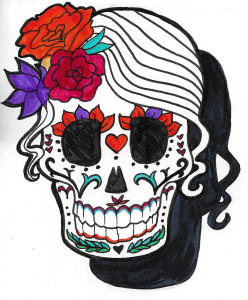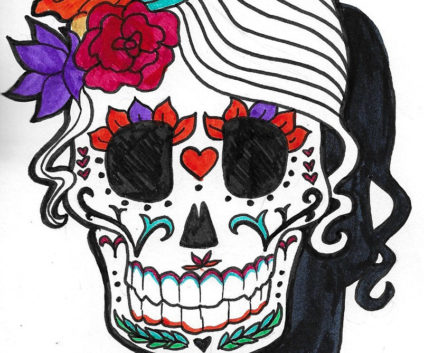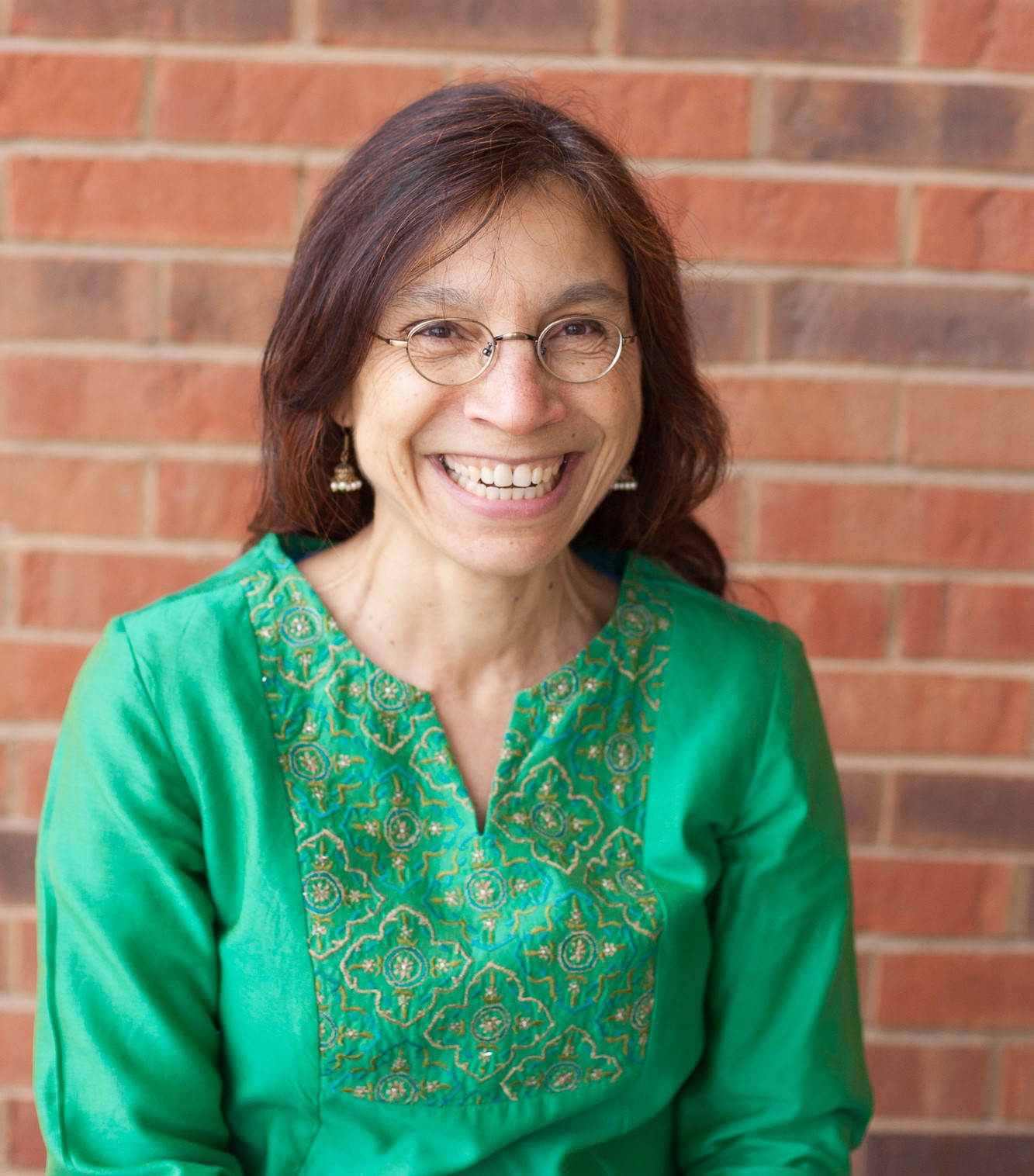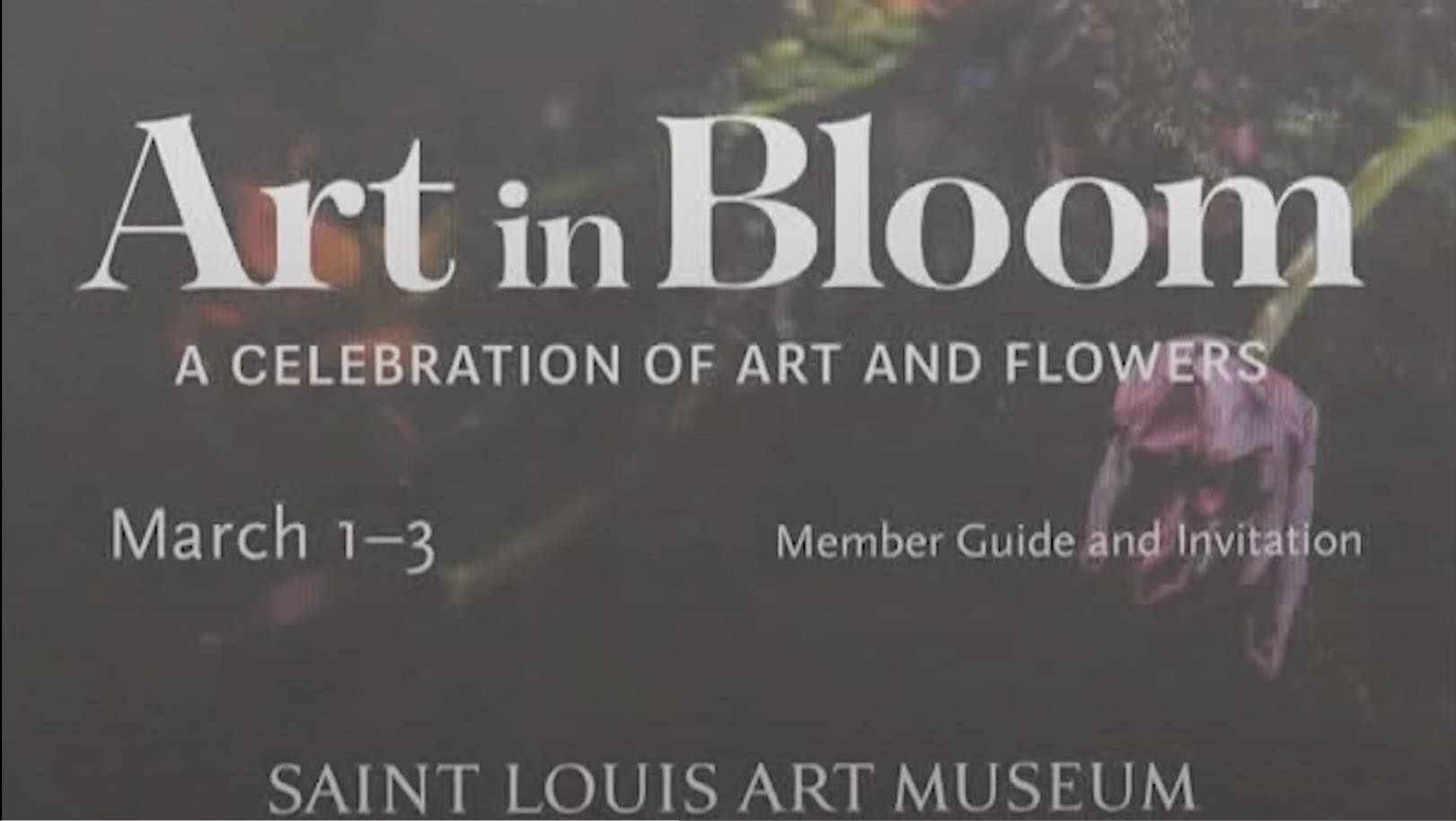Spanish Professors Reflect on the Day of the Dead
BY: TYRA LEESMAN
Editor-in-Chief

Some students may not only be celebrating Halloween or Thanksgiving this year, but also a holiday known as Día De Los Muertos.
Día De Los Muertos, translated to “Day of the Dead” in English, is a holiday celebrating the lives of people’s ancestors. Though many Catholic-European countries celebrate a similar holiday, All Saints Day, Dia De Los Muertos is mainly celebrated in Mexico – where it originated – as well as in some Latin American countries, and Haiti.
The holiday is celebrated between Oct. 31 and Nov. 2. Specific celebrations vary depending on the area, according to Meramec Spanish Professor Theresa Karutz. “For instance, in Mexico City in Mexico, there is a huge city-wide parade of citizens to the cities graveyards, where the people go to celebrate their dead relatives,” she said.
The customs may also vary based on the geographic area. According to Rebecca Kettler, a German professor who has also taught Spanish at Meramec, “People will normally bring gifts and food that their dead relatives enjoyed when they were alive and will stay the whole night in the graveyards celebrating their dead relatives.”
Participants also often make altars within their homes with photos of their dead relatives surrounded by candles, food, and gifts for the spirit of the dead relative. The alters sometimes remain in the home year round. “People also make Calaveras De Azúcar, or sugar skulls for the children, and Pan De Muertos, or Bread of the Dead, which is traditionally eaten at gravesites, which many St. Louis Mexican bakeries make around October, which is usually colored green, blue, or pink,” said Karutz.
In Haiti, Haitians celebrate both the Catholic-rendered All Souls Day and Day of the Dead. Haitians celebrate various Haitian spirits, the main one being Baron Samedi, who is the Haitian lao — a spirit in Haitian Vodou — of resurrection, alongside Baron Cimetière and Baron La Croix. Haitians begin the day with prayer and later visit the tombs of their dead relatives to clean the graves and place food on them for their relatives. They will also decorate the graves similarly in the way Latin Americans decorate the graves, but with a pronounced Vodou theme. After they decorate the grave, they will often feast and dance with the rest of the citizens while dressed up as the Haitian Laos.
Though celebrations may differ for the Day of The Dead, they all carry the same central meaning: to celebrate those who have moved on from our world and life, including death, as a whole.












